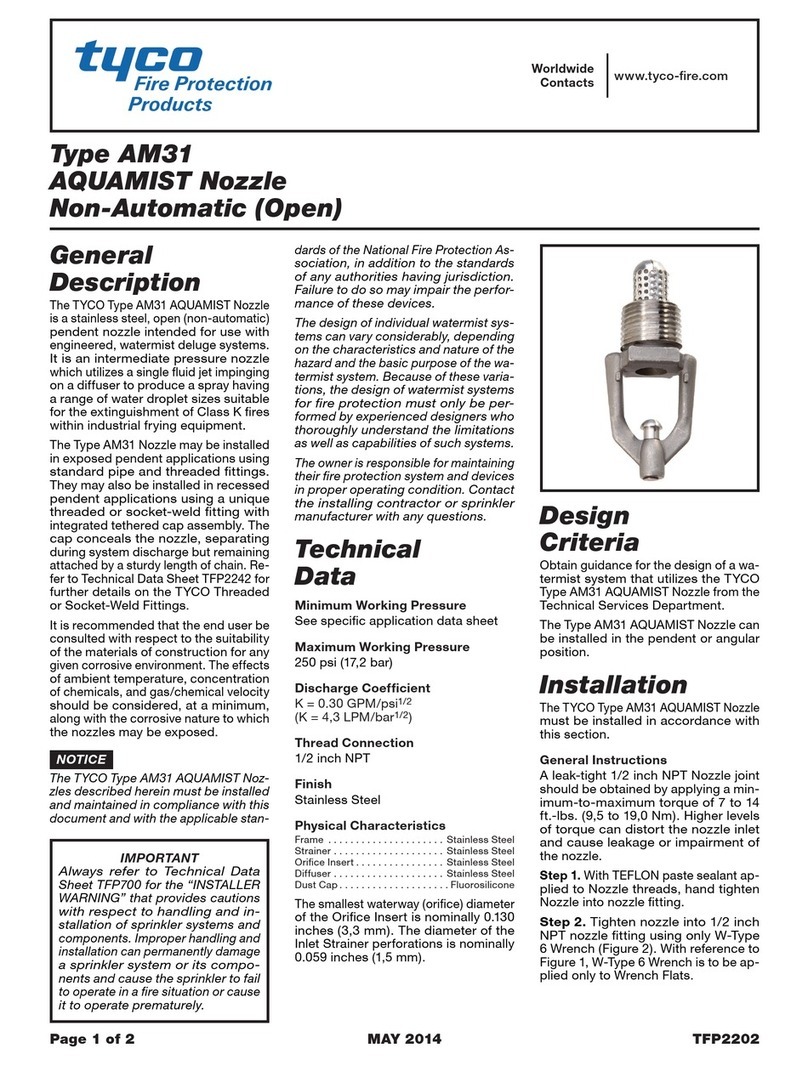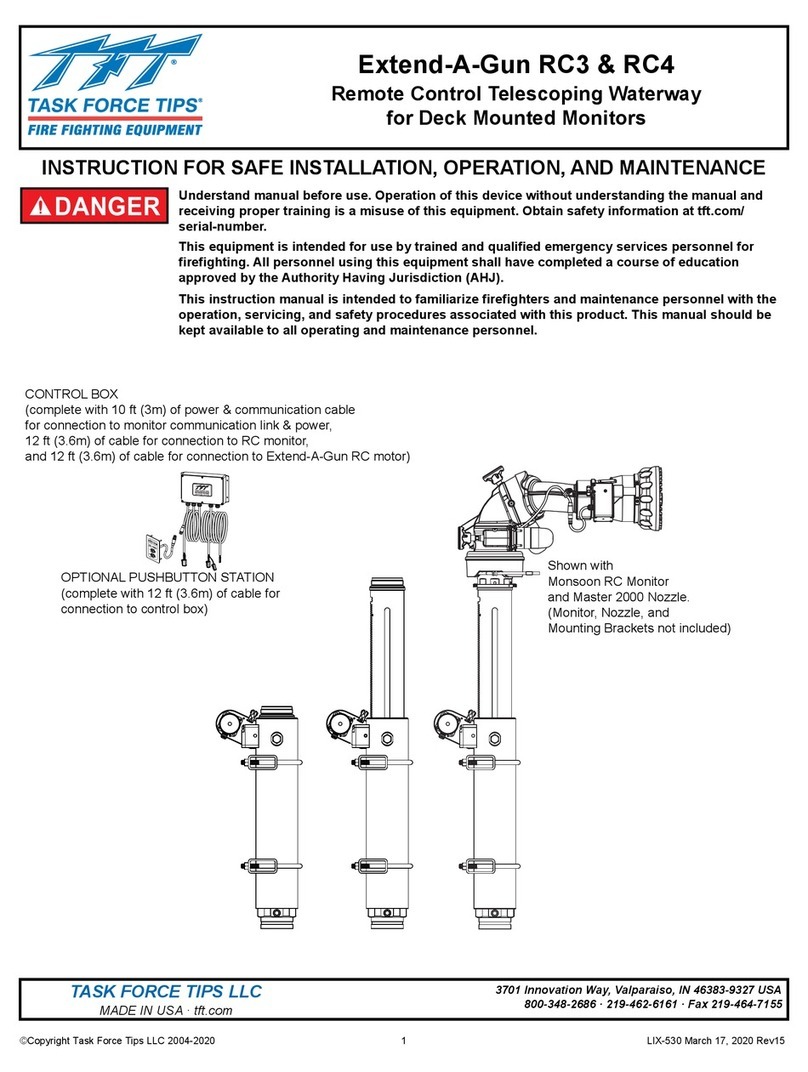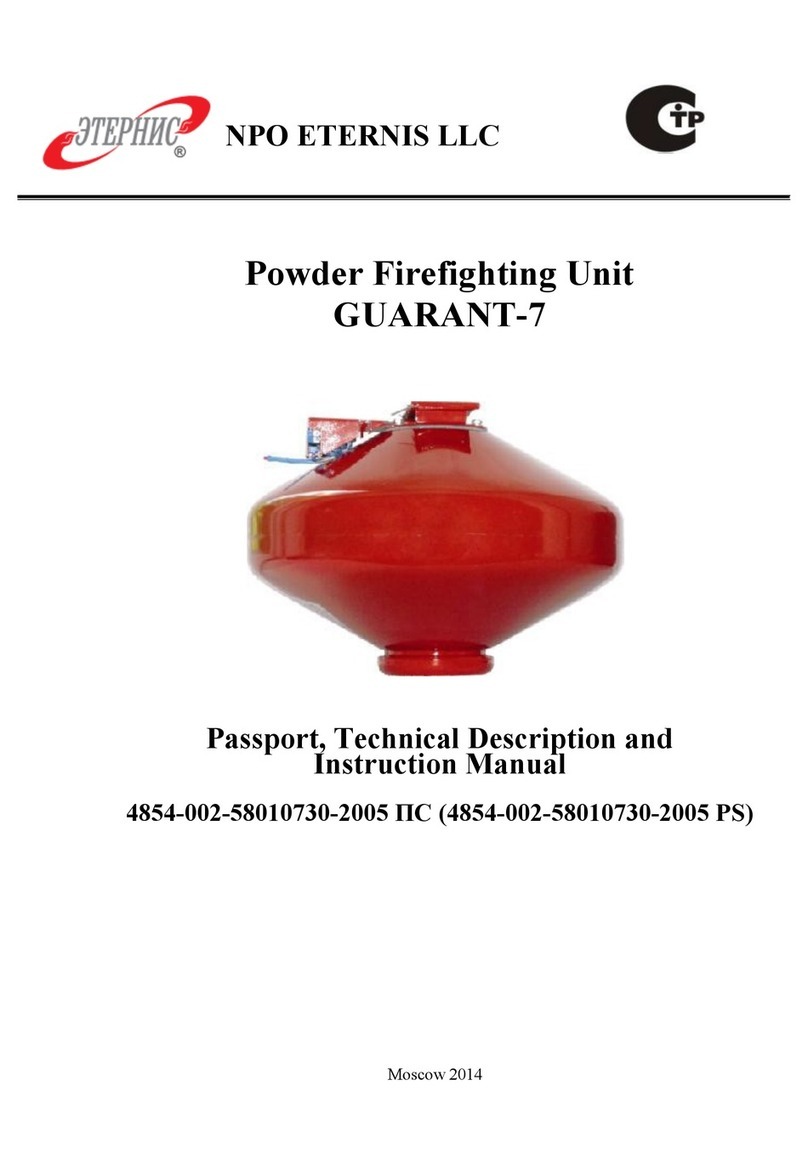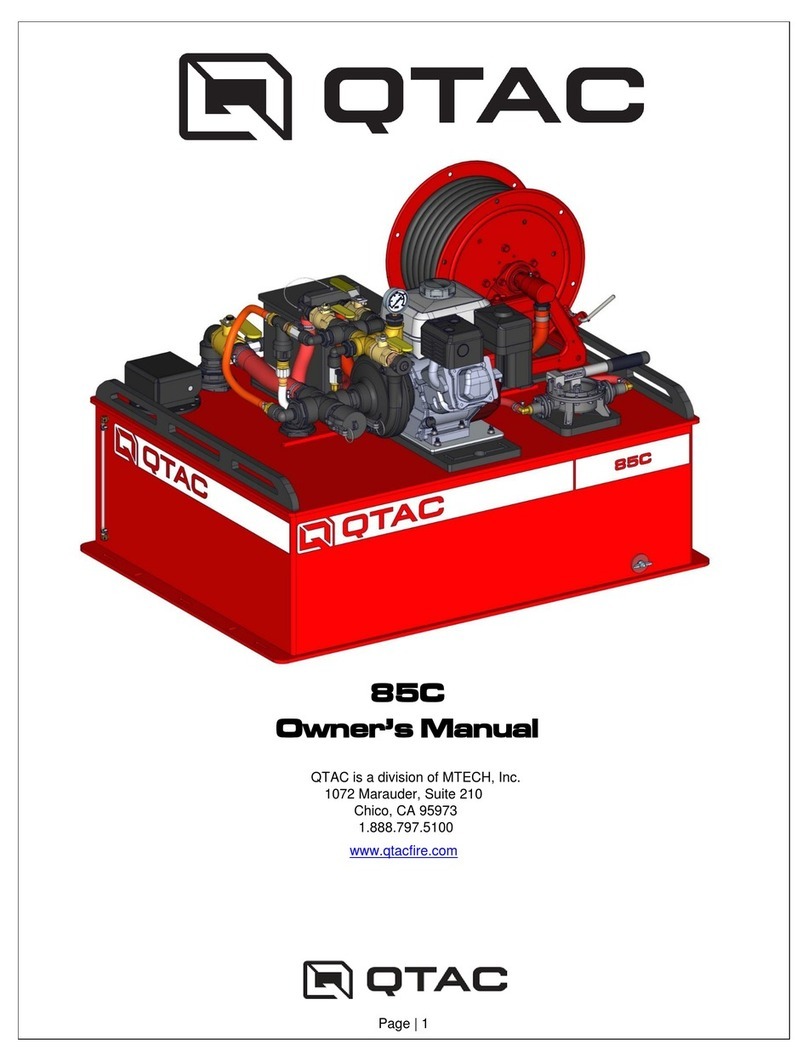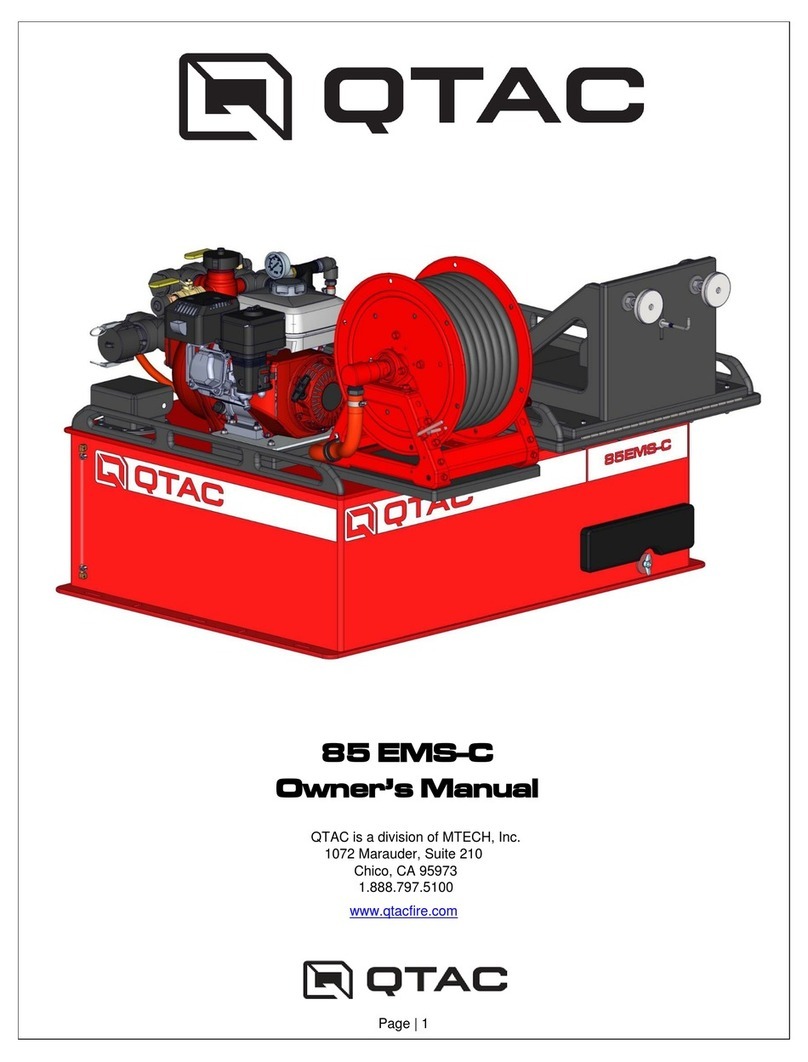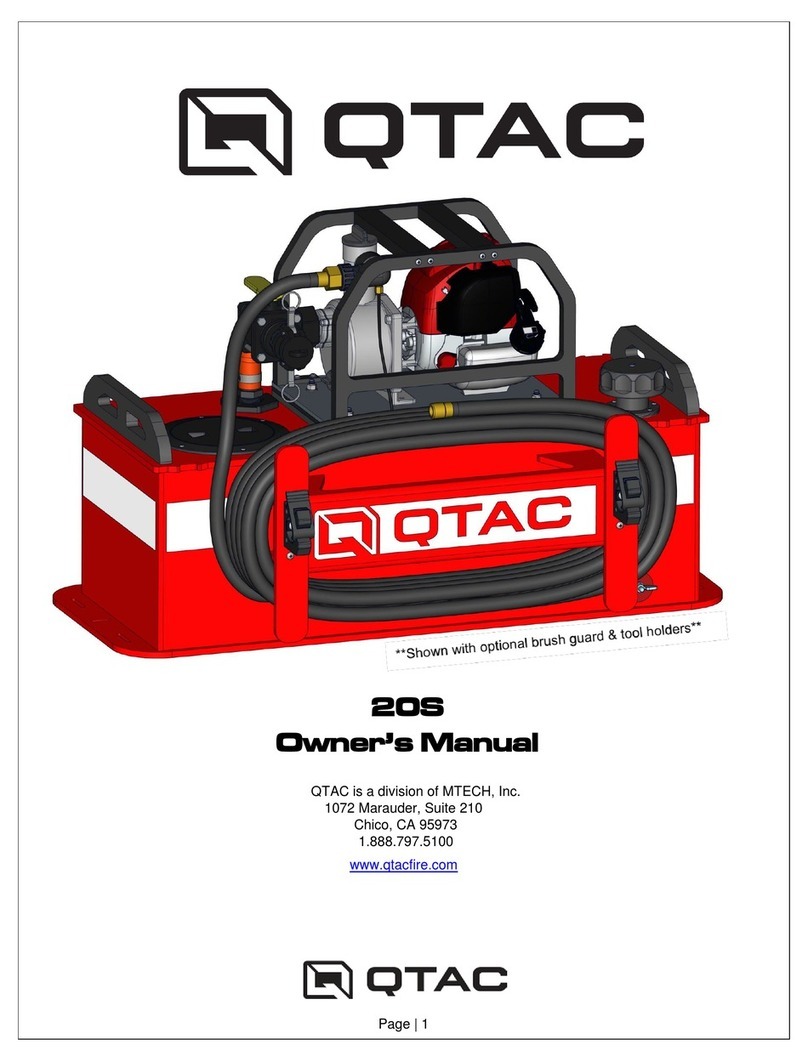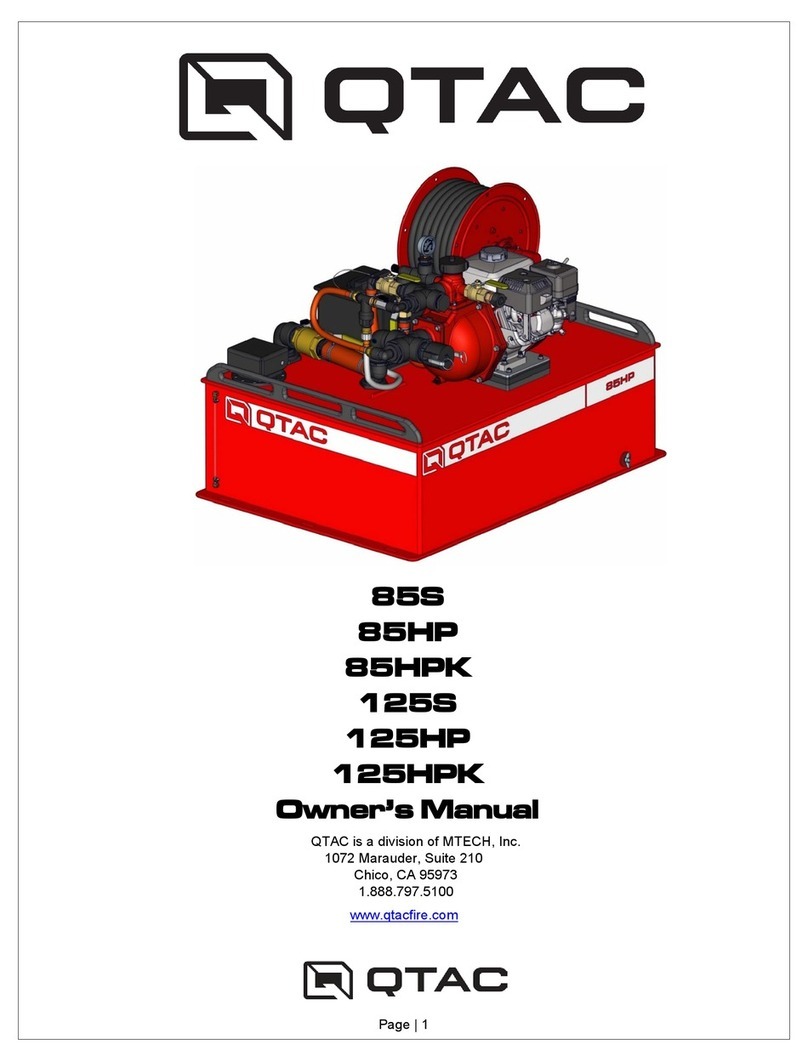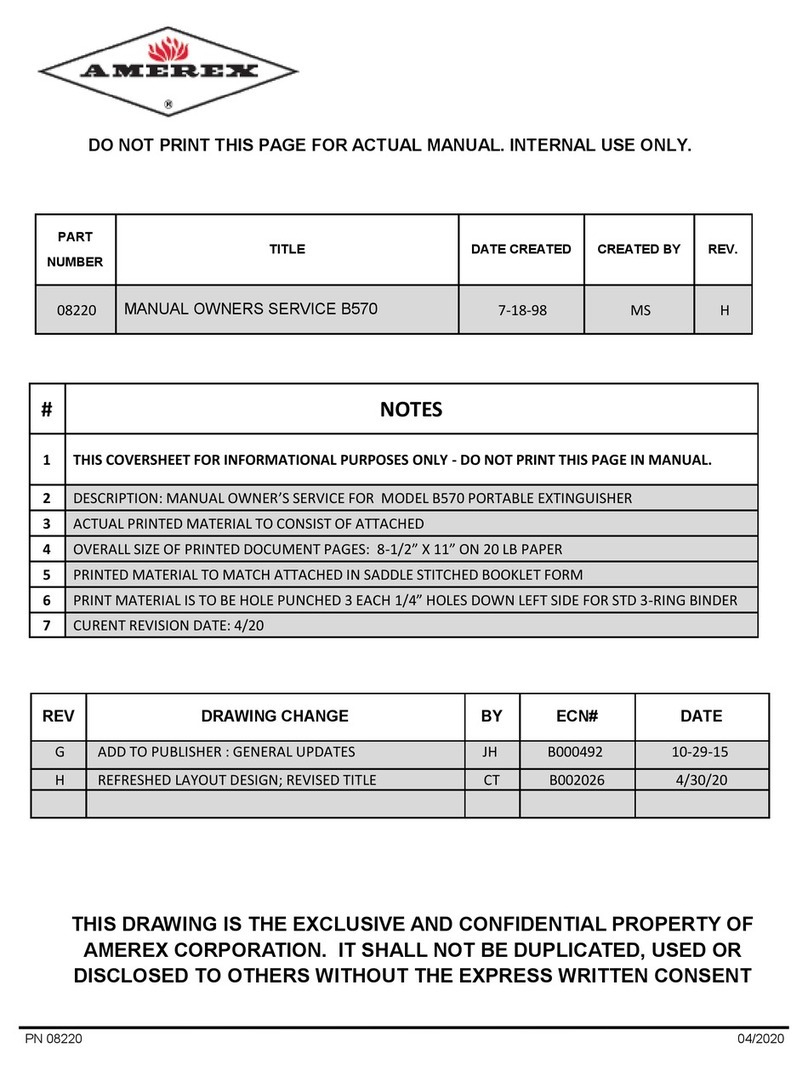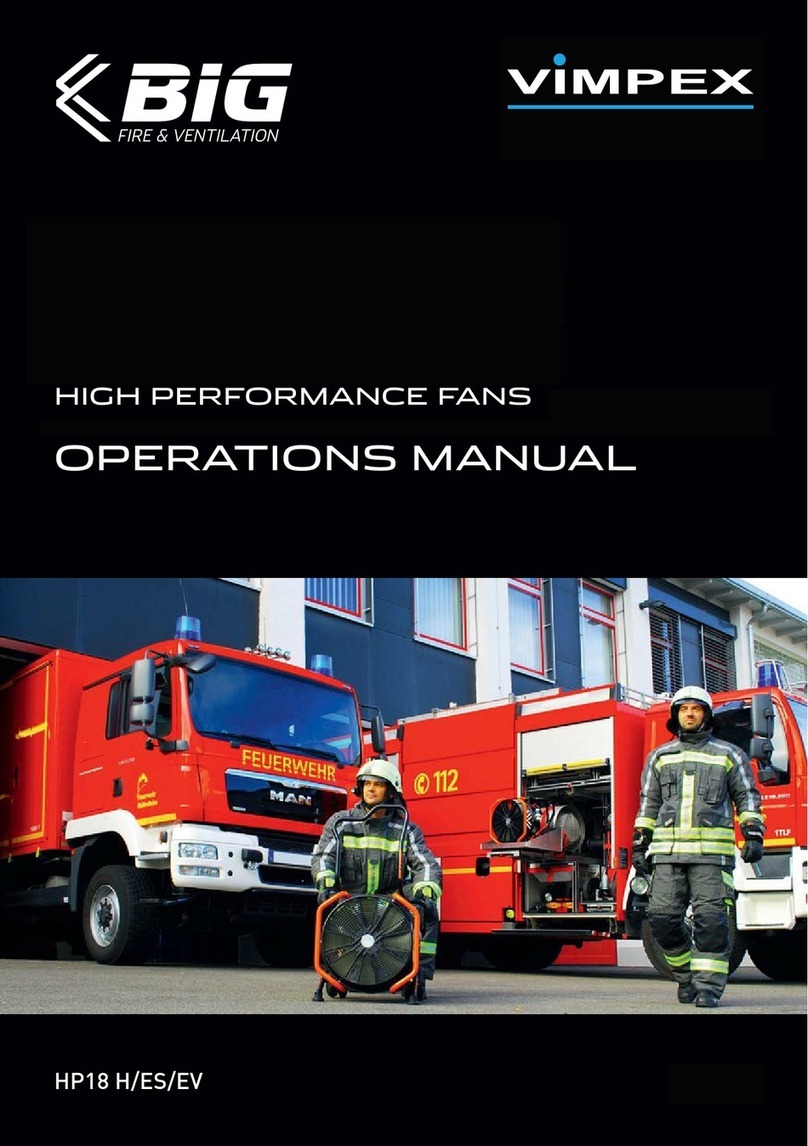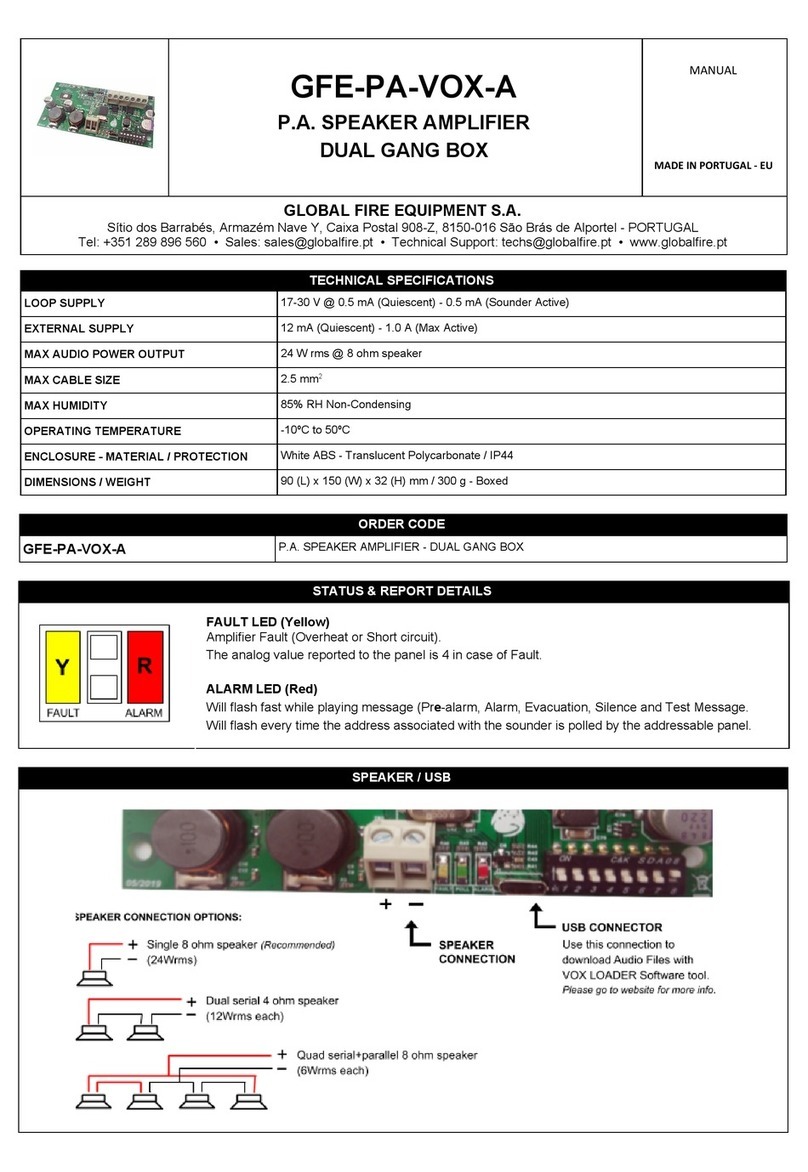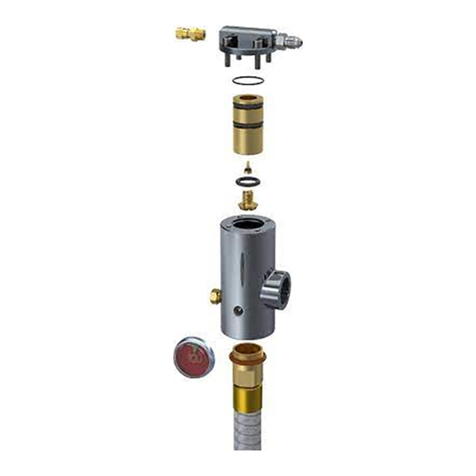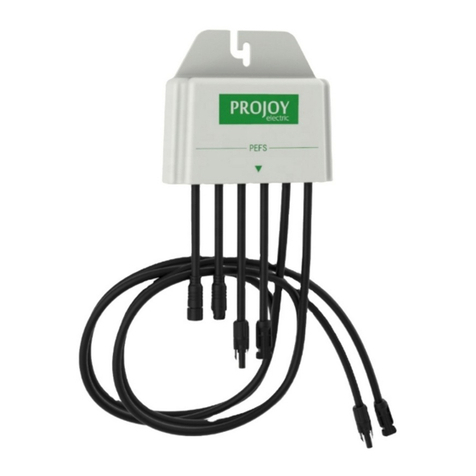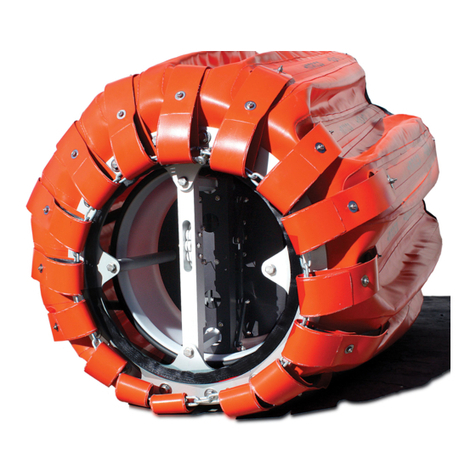
Page | 2
Table of Contents
GETTING TO KNOW YOUR QTAC..................................................................................4
TRANSPORTING YOUR QTAC.......................................................................................7
Gross Vehicle Weight Rating.........................................................................................7
General QTAC Mounting and Fastening........................................................................7
Special Precautions for Carrying a QTAC on Ride-On ATVs or Side-By-Side UTVs ....8
OPERATING YOUR QTAC...............................................................................................9
Before Starting Up Your QTAC......................................................................................9
PUMP OPERATION..........................................................................................................9
Priming the Pump after an Extended Period of Use ......................................................9
Tank Fill Requirements:.................................................................................................9
Tank Fill Through the Fill Tower ..................................................................................10
Pumping Using the Tank Water Supply.......................................................................10
Starting the Engine......................................................................................................11
DRAFT PROCEDURES..................................................................................................11
Drafting From an Auxiliary Water Source ....................................................................11
Connecting the Draft Hose ..........................................................................................11
Drafting to Fill the Water Tank.....................................................................................11
Pumping While Drafting From an Auxiliary Water Source ...........................................12
To Supply Water to the 1” NPSH Discharge................................................................13
STOPPING YOUR QTAC...............................................................................................13
GETTING TO KNOW YOUR ATP FOAM KIT.................................................................14
OPERATING YOUR ATP FOAM KIT..............................................................................15
Before Using Your ATP Foam Kit................................................................................15
Using Your ATP Foam Kit............................................................................................15
Stopping Your ATP Foam Kit.......................................................................................16
STORING YOUR QTAC .................................................................................................16
General Storage ..........................................................................................................16
SPECIAL QTAC OPERATION........................................................................................16
Using More Than Water in Your QTAC .......................................................................16
SERVICING YOUR QTAC..............................................................................................17
Cleaning Your QTAC...................................................................................................17
Protecting Your QTAC.................................................................................................17
